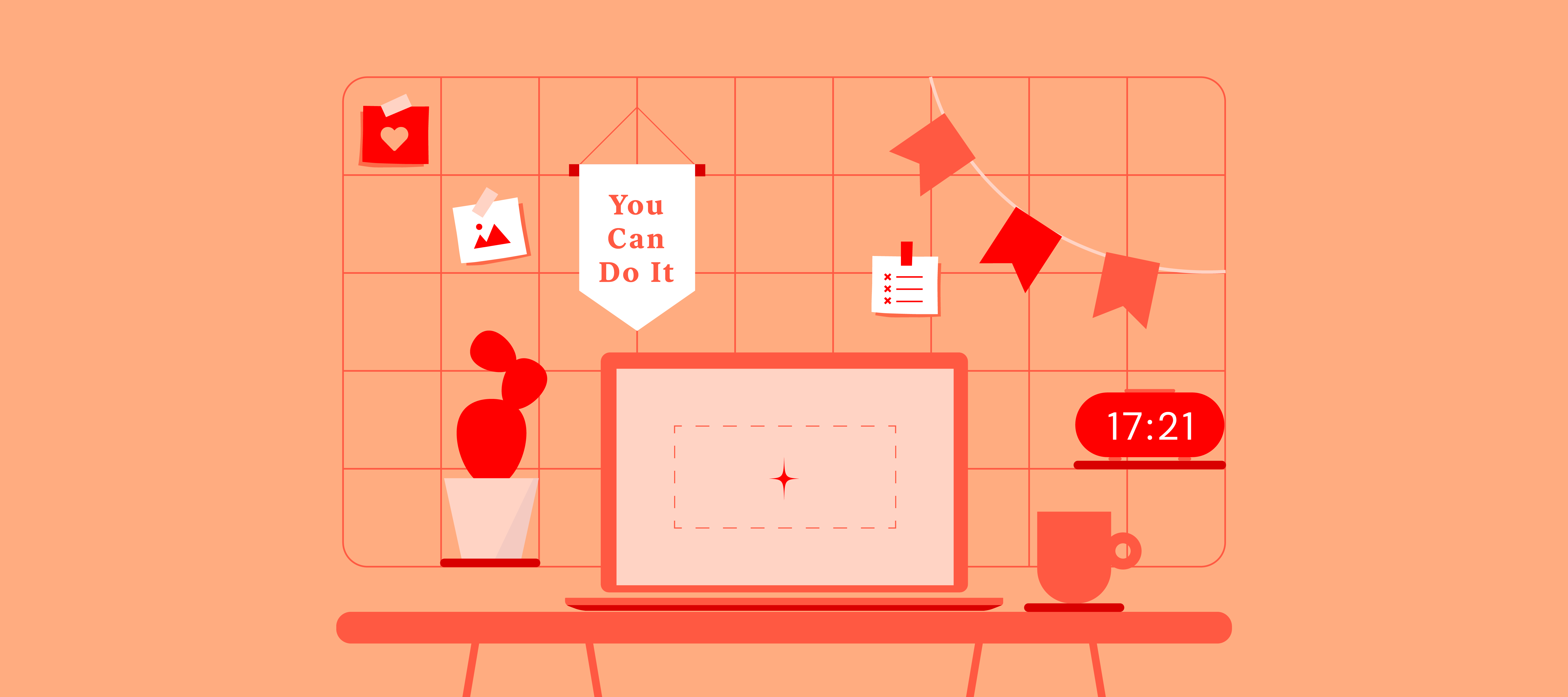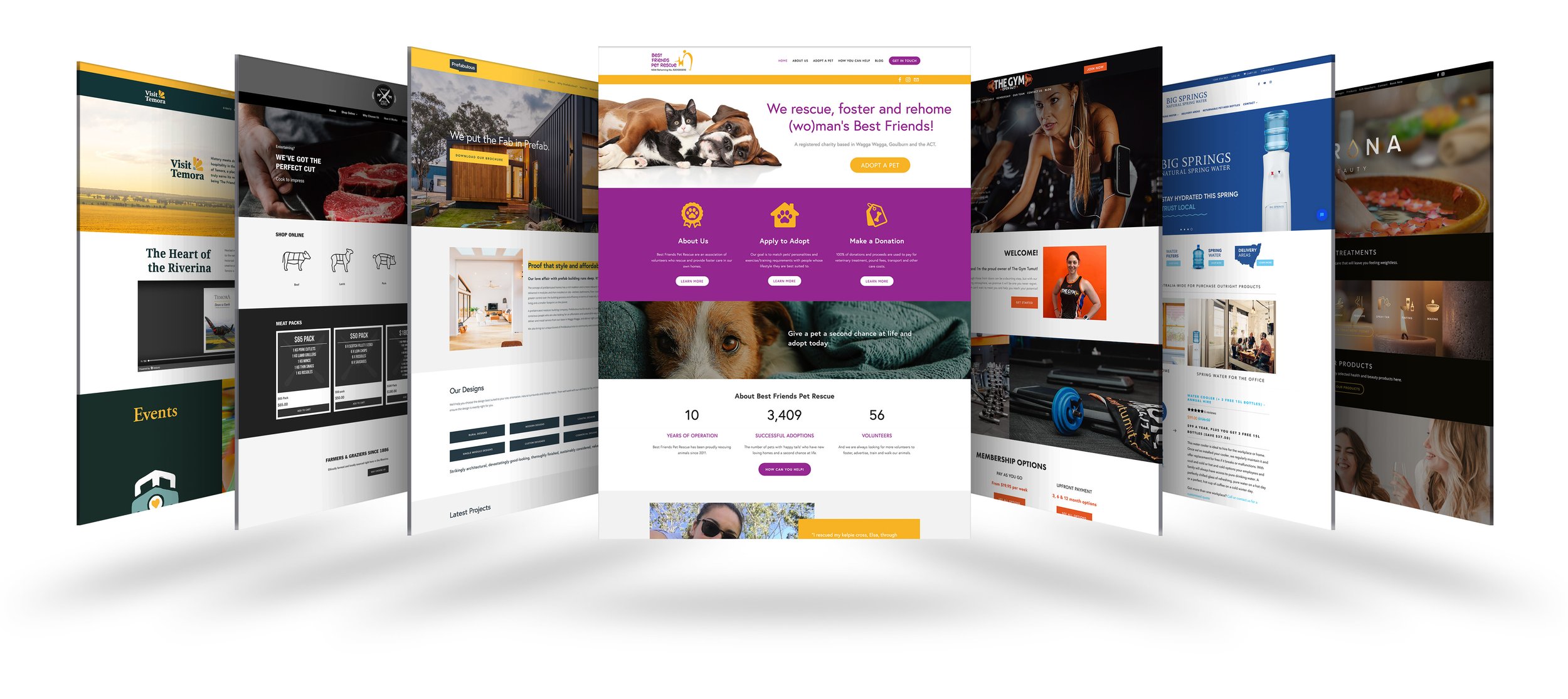Low-Cost and Skilled Website Design for Small Business Owners
Low-Cost and Skilled Website Design for Small Business Owners
Blog Article
Leading Tips for Creating an Impactful Internet Site Style That Transforms
To accomplish this, one need to take into consideration a selection of factors, including understanding the target audience, prioritizing individual experience, and enhancing for mobile systems. The critical usage of engaging call-to-actions and a distinct aesthetic power structure plays a crucial role in directing users through their journey.
Understand Your Target Market
Comprehending your target market is basic to effective site style, as it lays the foundation for developing an interesting user experience. Identifying who your individuals are, including their demographics, choices, and habits, makes it possible for developers to tailor the website's web content, layout, and performance to satisfy specific needs.
Carrying out detailed marketing research is essential in this process. Surveys, interviews, and analytics can offer useful insights into individual expectations and pain points. By assembling this information, designers can produce user characters that represent various sectors of the audience, making certain that design choices are informed and appropriate.
In addition, comprehending the target audience aids in picking appropriate layout components such as shade systems, typography, and images that resonate with users. A website that speaks straight to its target market promotes a sense of connection and trust fund, urging longer sees and greater conversion prices.
Eventually, a user-centered method to site design not just improves customer satisfaction but also sustains business objectives by driving engagement and loyalty. By focusing on the needs and preferences of the target audience, a website can properly serve its function and accomplish desired results.
Prioritize Individual Experience
To enhance the total efficiency of an internet site, focusing on user experience (UX) is necessary (Website Design). A well-designed UX ensures that site visitors can navigate the website effortlessly, locate information rapidly, and engage with material meaningfully. This results in raised user satisfaction and greater conversion prices
Begin by executing instinctive navigation. Menus needs to be realistically structured, permitting individuals to situate essential areas of the site with minimal effort. Uniformity in layout aspects, such as color pattern and font styles, fosters experience, which is critical for preserving customer engagement.
Furthermore, consider the filling speed of your site. A hold-up of just a few secs can result in significant drop-offs, as users are much less most likely to wait on a slow-loading web page. Streamlining images and optimizing code can enhance performance and preserve visitors.
Moreover, quality in material presentation is crucial. Usage succinct, engaging language and break up message with visuals to improve readability. By focusing on individual experience, you not only create a much more pleasurable setting for site visitors but also reinforce your brand name's reputation. Ultimately, a concentrate on UX is a financial investment in the long-lasting success of your internet site.
Enhance for Mobile Devices
Enhancing for mobile tools is important in today's digital landscape, where a boosting number of individuals gain access to sites via smart devices and tablet computers. A mobile-friendly style not just improves individual experience but likewise plays a considerable function in enhancing online search engine positions. To achieve this, it is necessary to embrace a receptive important site design that automatically gets used to different screen dimensions and positionings.

Filling speed is another vital aspect; mobile users are commonly less person and expect rapid access to details. Enhance photos and take advantage of web browser caching to improve performance. Lastly, examination your internet site on multiple devices and screen resolutions to identify and rectify any type of possible use concerns. By prioritizing mobile optimization, you ensure that your internet site remains affordable and properly engages a more comprehensive target market.
Usage Compelling Call-to-Actions
A web site's performance frequently rests on its ability to guide visitors toward desired actions, making compelling call-to-actions (CTAs) important elements of layout. CTAs act as the essential factors that route customers to engage with the website, whether that implies making a purchase, authorizing up for an e-newsletter, or downloading and install a resource.
To develop efficient CTAs, quality is paramount. Usage concise language that clearly connects the activity you want the customer to take. Expressions such as "Get going," "Authorize Up Free," or "Store Now" not only convey seriousness but additionally get rid of obscurity. The placement of CTAs is equally essential; they should be strategically positioned throughout the page to ensure they are quickly noticeable, particularly pop over to these guys in high-traffic locations.
Additionally, take into consideration utilizing directional cues, such as arrowheads or pictures, to guide customers toward these switches. By concentrating on these elements, organizations can substantially enhance customer interaction, driving conversions and inevitably accomplishing their website's objectives.
Focus on Visual Power Structure
Efficient internet site style counts heavily on a well-structured aesthetic pecking order that overviews individuals via material flawlessly. By organizing components in a fashion that focuses on info, designers can improve individual experience and assist in decision-making. This involves using dimension, color, comparison, and spacing strategically to draw focus to the most important components of a web page.
Using larger typefaces for click now headings and subheadings establishes a clear distinction between different areas, allowing individuals to check material effortlessly. Furthermore, using contrasting colors for switches and calls-to-action can catch user interest and urge interaction. Whitespace is an additional vital component; it avoids mess and makes it possible for users to focus on crucial messages without distractions.
Images and graphics ought to enhance the message while additionally adhering to the well established pecking order, enhancing the total message (Website Design). Uniformity in style elements, such as color design and typography, additional reinforces the aesthetic hierarchy, making navigation intuitive

Conclusion
To conclude, efficient web site layout demands a comprehensive understanding of the target audience, prioritization of individual experience, and mobile optimization. The calculated usage of engaging call-to-actions and a distinct aesthetic power structure further enhances user engagement. By executing these principles, sites can accomplish higher conversion prices, making certain that design aspects not just bring in site visitors yet additionally promote smooth navigating and communication. Eventually, a well-executed web site style acts as an important element in driving individual actions and achieving business objectives.
Report this page